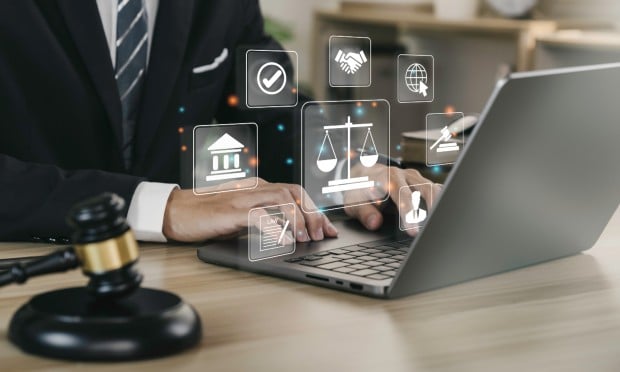
It has never been easier to communicate. The origin of human speech has been tentatively traced to around 100,000 BCE. The use of technology for communication dates back to 30,000 BCE and the first use of symbols. Humans have consistently sought means of communicating outside one's immediate tribe and have fought to render distance a challenge, rather than an impediment, to communication. From smoke signals to Snapchat, as a species we have developed myriad means by which to send a message. The vast majority of us can do so with a few taps on our phones. However, with increased ease comes the heightened risk that our tools for communication can be used inappropriately.
A majority of employees use their cellphones for both business and pleasure — 75% of U.S. employees use their personal cellphones for work. (This statistic pre-dates the COVID-19 pandemic, which means that it is likely much higher now as more workers work either entirely or partially from home.) And while 51% of employees use company-mandated apps to do work on their cellphones, many employees use additional apps to do their jobs that their companies do not know about and cannot track. This has caused a huge compliance problem, particularly for regulated financial firms that are obligated to keep records of their business activities.
Complete your profile to continue reading and get FREE access to BenefitsPRO, part of your ALM digital membership.
Your access to unlimited BenefitsPRO content isn’t changing.
Once you are an ALM digital member, you’ll receive:
- Critical BenefitsPRO information including cutting edge post-reform success strategies, access to educational webcasts and videos, resources from industry leaders, and informative Newsletters.
- Exclusive discounts on ALM, BenefitsPRO magazine and BenefitsPRO.com events
- Access to other award-winning ALM websites including ThinkAdvisor.com and Law.com
Already have an account? Sign In
© 2024 ALM Global, LLC, All Rights Reserved. Request academic re-use from www.copyright.com. All other uses, submit a request to [email protected]. For more information visit Asset & Logo Licensing.








